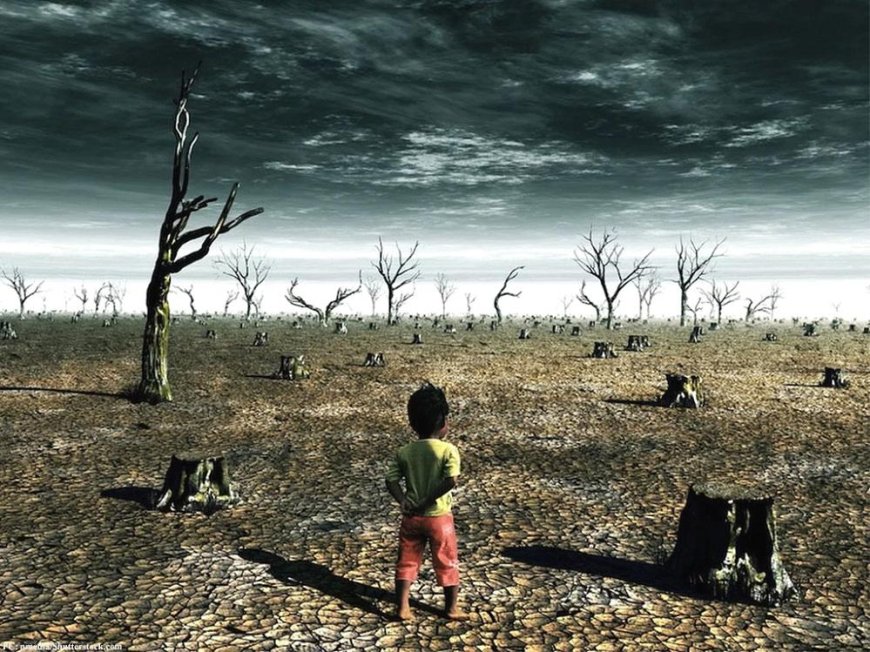Climate change has been blamed for a third of summer heat deaths
rate associated with additional summer heat caused by anthropogenic climate change. They found that heat mortality increased on every

The researchers analyzed data from 732 regions in 43 countries from 1991 to 2018 to estimate the mortality rate associated with additional summer heat caused by anthropogenic climate change. They found that heat mortality increased on every continent, and that climate change caused approximately 37% of heat deaths during the warmest time of the year. The corresponding article was published in the journal Nature Climate Change.
How has the climate changed compared to the pre-industrial period?
Climate experts agree that human activities have already changed the climate. The earth is now on average about one degree warmer than in the pre-industrial era (1850-1900). This trend differs significantly geographically: for example, several regions with large populations have warmed by more than two degrees Celsius, while others have undergone relatively minor changes. The most direct impact of climate change on human health is due to being in the heat outdoors. This is due to morbidity and increased risk of premature death.
What research have scientists conducted?
Researchers have decided to estimate the number of deaths due to the effects of additional heat caused by climate change. Their analysis included two stages. They first studied temperature and mortality data from 732 regions in 43 countries. In particular, the researchers determined the daily mortality and daily average temperature in the four hottest months for each region. To do this, they used the MCC Collaborative Research Network database. For these data, a modeling method called regression analysis was used. In the second stage, the researchers used the predicted response to the effects of heat in the period from 1991 to 2018 for each region in two scenarios: the actual, which contained available data on climate change, and counterfactual, which modeled the climate under the influence of natural factors only, without anthropogenic changes. Thus, scientists have separated the impact of anthropogenic warming on human health from natural trends.
Must Read: Online communication: netiquette rules for teachers
What did the results show?
In all study locations, heat mortality in the actual scenario averaged 1.56% of all deaths in the warm season, while in the counterfeit scenario it was 0.98%. On average, 9,702 deaths in 732 regions during the study period were related to heat change due to climate change, which is about 37% of all heat deaths in the warm season.
According to the scientists, the limitation for their work was the lack of data from all regions of the world, for example, for most of Africa and South Asia. In addition, these estimates are not necessarily average for individual countries, as the study included a sample of specific sites, which in some cases were limited to one or two cities.
The data obtained in the paper relate to the average global temperature increase of only one degree, but even with the most stringent measures to reduce fossil fuel emissions, this figure will increase. According to scientists, their study indicates the need for action to mitigate the effects of future warming.
